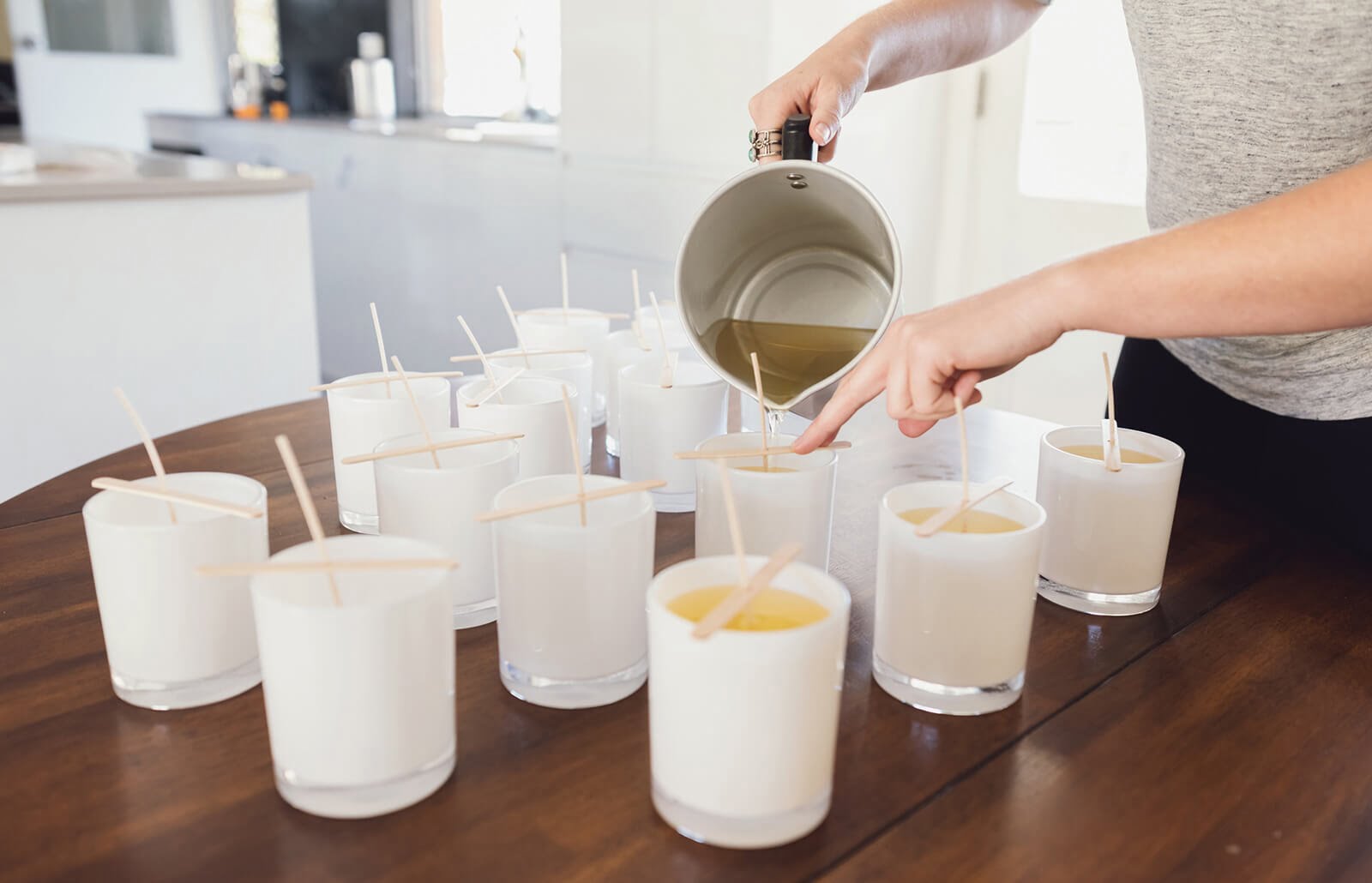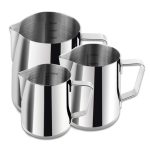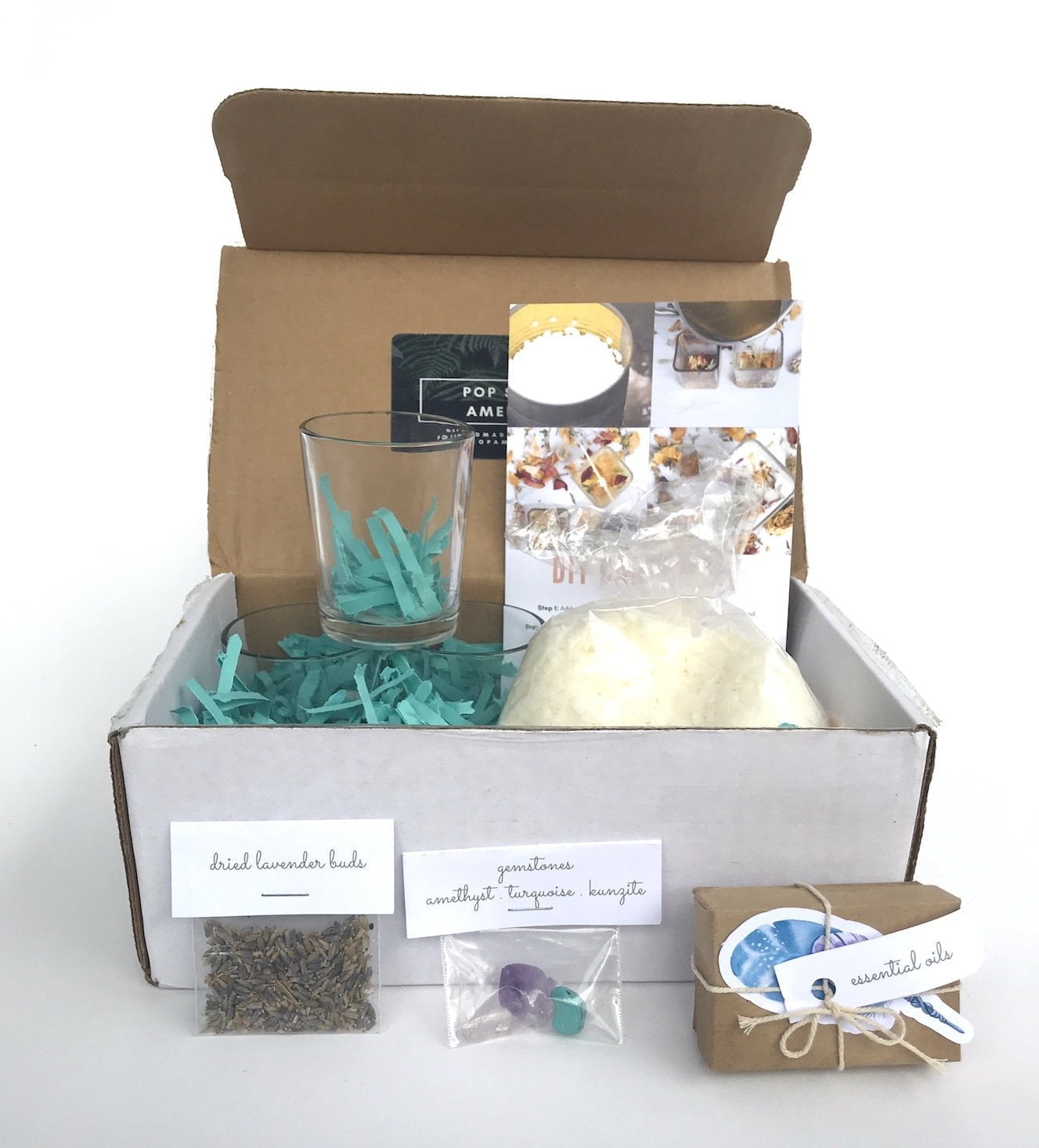What kind of oils do you use for candle making? When it comes to creating beautiful and aromatic candles, the type of oils used plays a crucial role in achieving the desired scent and quality.
From essential oils to natural oils, each type has its own unique benefits and characteristics that contribute to the overall candle-making process. In this article, we will explore the importance of oils in candle making, including essential oils, fragrance oils, natural oils, carrier oils, blending techniques, and safety considerations.
Oils are an essential component in candle making as they are responsible for adding fragrance and enhancing the overall quality of the candle. Essential oils are known for their potent aromas and therapeutic properties, making them a popular choice for creating scented candles. On the other hand, fragrance oils offer a wide range of options for adding various scents to candles, providing versatility and long-lasting fragrance.
Beyond scent, natural oils such as soybean oil and coconut oil also play a significant role in candle making. These types of oils not only contribute to the overall composition of the candle but also provide benefits such as clean burning and sustainability. Additionally, carrier oils are used to dilute essential oils and help them disperse evenly throughout the candle wax, ensuring a well-balanced scent throw.
As we delve into different types of oils used in candle making and their respective roles, it is important to consider safety considerations when working with these materials. Proper handling and usage of oils are crucial to ensure a safe and enjoyable candle-making experience.
Essential Oils
One of the most popular essential oils used in candle making is lavender oil. Known for its calming and soothing effects, lavender oil is often incorporated into candles designed for relaxation and stress relief. Similarly, citrus essential oils like lemon or orange can bring a refreshing and energizing aroma to candles, making them ideal for use in home fragrance products.
It is important to note that essential oils are highly concentrated substances, so they should be used judiciously when making candles. Excessive amounts of essential oils can affect the burning characteristics of the candle and may also cause allergic reactions in sensitive individuals. Additionally, some essential oils are not safe for use around pets or children, so it is crucial to research each oil thoroughly before including it in candle making projects.
| Essential Oil | Common Uses |
|---|---|
| Lavender | Calming/Relaxation |
| Lemon | Energizing/Freshening |
| Peppermint | Alertness/Mental Clarity |
Fragrance Oils
When it comes to adding delightful scents to candles, fragrance oils are a popular choice for candle makers. These oils are synthetic in nature and are specifically designed for use in candle making to provide a wide range of appealing scents. Fragrance oils are manufactured to provide a strong and long-lasting aroma, making them an ideal choice for creating aromatic candles.
Fragrance oils come in a variety of scents, from floral and fruity to woody and earthy. This wide range of options allows candle makers to experiment with different combinations and create unique blends that cater to the preferences of their target audience. Whether it’s a soothing lavender scent or a warm vanilla aroma, fragrance oils offer endless possibilities for customizing the scent profile of candles.
It is important to note that not all fragrance oils are suitable for use in candles. Some may contain ingredients that could affect the burning properties of the candle or produce undesirable results. When selecting fragrance oils for candle making, it is crucial to ensure that they are specifically formulated for this purpose and have been tested for safety. Additionally, it is important to follow recommended usage rates provided by suppliers to achieve optimal results without compromising safety.
| Fragrance Oils | Benefits |
|---|---|
| Wide range of scents | Allows customization and creativity |
| Long-lasting aroma | Provides strong, lingering scent |
| Synthetic formulation | Consistent quality and performance |
Natural Oils
When it comes to candle making, the type of oil used plays a significant role in the overall quality and performance of the candle. Natural oils, such as soybean oil and coconut oil, offer a range of benefits that make them popular choices for candle makers. These natural oils not only contribute to the longevity and even burning of the candle but also offer potential health benefits and environmental advantages.
Benefits of Soybean Oil
Soybean oil is a popular choice for candle making due to its clean-burning properties. Candles made with soybean oil have a longer burn time compared to those made with other types of oil. In addition, soy wax is derived from soybeans, making it a renewable and biodegradable resource that appeals to environmentally conscious consumers.
Advantages of Coconut Oil
Coconut oil is another natural option for candle making that offers its own set of benefits. Known for its slow-burning properties, candles made with coconut oil provide a longer-lasting fragrance release. Additionally, coconut wax has a lower melting point than other waxes, which contributes to a cleaner burn with less soot and smoke.
Blending Natural Oils
Candle makers often experiment with blending different natural oils to create unique scents and enhance specific qualities in their candles. Combining soybean oil with coconut oil can result in a blend that offers the best of both worlds-clean burning, long-lasting fragrance, and eco-friendly characteristics. By experimenting with various combinations and proportions, candle makers can customize their creations to suit their preferences and meet the demands of their customers.
Carrier Oils
When it comes to candle making, the type of oils used can significantly impact the overall quality and performance of the finished product. Carrier oils are an essential component in the creation of candles, as they serve as a base for diluting essential and fragrance oils while also improving the burning characteristics of the candle. Here’s a closer look at the purpose of carrier oils and how they contribute to the overall quality of the candle:
- Base for Dilution: Carrier oils act as a neutral base for diluting essential and fragrance oils. These oils help disperse the aromatic properties of essential and fragrance oils evenly throughout the wax, resulting in a more consistent scent throw when the candle is burned.
- Improved Burn Quality: By adding carrier oils to candle wax, it can improve burn quality by reducing tunneling (when a hole forms down through the center of the candle) and preventing wax from tunneling straight down rather than melting evenly.
There are several types of carrier oils that are commonly used in candle making, each with its own unique properties and benefits. Some popular choices include soybean oil, coconut oil, apricot kernel oil, and sunflower oil. When selecting a carrier oil for your candles, it’s important to consider factors such as scent retention, burn time, and compatibility with other ingredients.
In addition to their functional benefits, carrier oils also contribute to the overall aesthetic appeal of candles. They can add depth and richness to the color of the wax while imparting nourishing properties that benefit both the candle maker and eventual buyer. It’s worth experimenting with different carrier oils to see which ones best suit your specific needs and preferences when creating handmade candles.
Blending Oils
When it comes to creating unique and personalized candle scents, blending oils is an essential part of the process. By combining different types of oils, candle makers can craft one-of-a-kind fragrances that cater to their specific preferences and needs. Whether you are a beginner or an experienced candle maker, understanding the art of blending oils can elevate your candle making endeavors to new heights.
Choosing the Right Oils
The first step in blending oils for candle making is to choose the right oils. Essential oils, fragrance oils, natural oils, and carrier oils all play a role in creating the perfect scent for your candles. Each type of oil brings its own unique characteristics and benefits when used in candle making. It’s important to consider factors such as scent strength, longevity, and compatibility when selecting which oils to blend together.
Creating Harmonious Blends
Once you have selected the oils you want to work with, the next step is to create harmonious blends that result in a well-balanced fragrance for your candles. Experimenting with different combinations of oils is key to finding the perfect blend that resonates with your personal preferences. Combining top notes, middle notes, and base notes from various essential and fragrance oils can result in complex and multi-dimensional scents that elevate your candles to a whole new level.
Testing and Refining
After blending different oils together, it’s crucial to test the resulting fragrance to ensure that it meets your expectations. This can be done by creating small test batches of candles using your blended oils and evaluating the scent throw and overall performance. Testing allows you to refine your blends until you achieve the desired fragrance profile for your candles. Additionally, keeping detailed notes on each blend will help you replicate successful combinations in future candle making projects.
Safety Considerations
When it comes to making candles, the type of oils used is a crucial factor to consider. Not only do oils contribute to the fragrance and quality of the candle, but they also play a significant role in ensuring safety during the candle making process. Here are some important safety considerations to keep in mind when handling and using oils for candle making:
- Proper Storage: Oils should be stored in a cool, dry place away from direct sunlight and heat sources to prevent them from spoiling or becoming rancid.
- Handling with Care: When working with essential, fragrance, or natural oils, it’s important to handle them with care to avoid skin irritation or allergic reactions. Use gloves and protective eyewear if necessary.
- Measuring Accurately: Ensuring the correct measurements of oils in candle making is not only essential for achieving the desired scent but also for preventing potential fire hazards caused by using too much oil.
In addition to these safety considerations, it’s crucial to be mindful of the flashpoint of the oils being used. The flashpoint is the temperature at which an oil can ignite. Different oils have different flashpoints, so it’s important to take this into account when heating oils during the candle making process. Always use a thermometer and follow recommended guidelines for heating and blending oils.
Lastly, proper ventilation is key when working with oils for candle making. Whether you’re melting wax or blending different scents together, ensure that you’re working in a well-ventilated area to prevent exposure to potentially harmful fumes. Considering these safety measures will not only result in high-quality candles but will also ensure a safe and enjoyable candle making experience.
By prioritizing safety considerations when handling and using oils for candle making, crafters can enjoy creating beautiful, fragrant candles while minimizing any potential risks associated with working with various types of oils.
Conclusion
In conclusion, the world of oils offers a wide array of options for candle making, each with its own unique benefits and characteristics. Essential oils can provide natural aromas and therapeutic properties, while fragrance oils offer an extensive range of scents to choose from.
Natural oils like soybean oil and coconut oil not only add fragrance but also contribute to the sustainability and eco-friendliness of candle making. Carrier oils play a crucial role in ensuring the quality and consistency of the final product, while blending oils allows for endless possibilities in creating personalized candle scents.
As you venture into the art of candle making, it is important to consider safety considerations when handling and using oils. Proper understanding and adherence to safety guidelines will ensure a pleasant and risk-free experience throughout your candle making endeavors. Whether you are creating candles for personal use or for sale, taking the time to explore the diverse world of oils will undoubtedly enhance your crafting experience.
So, if you have been wondering “what kind of oils do you use for candle making,” we hope that this article has shed some light on the subject and inspired you to embark on your own exploration of oils in candle making. Remember to experiment, learn from your experiences, and most importantly, have fun as you discover the endless possibilities that different oils can offer in creating beautiful and fragrant candles.
Frequently Asked Questions
Can You Use Any Oil for Candles?
Not all oils are suitable for making candles. While many oils can be used, it is important to choose ones with a high melting point to ensure the candle burns properly and doesn’t produce excessive smoke or soot.
What Is the Best Carrier Oil for Candles?
The best carrier oil for candles is often considered to be soybean oil. It has a low melting point, which helps the candle burn evenly and cleanly without producing too much smoke or soot. Additionally, soybean oil has a neutral scent, making it a great base for adding fragrance or essential oils.
Is It Better to Use Fragrance Oil or Essential Oil for Candle Making?
Whether it’s better to use fragrance oil or essential oil for candle making depends on personal preference and the desired outcome. Fragrance oils can offer a wider range of scents and are often less expensive than essential oils.
However, some people prefer essential oils for their natural and therapeutic qualities. Ultimately, it’s important to consider factors such as cost, personal preference, and the purpose of the candles when choosing between fragrance and essential oils.

Welcome to my candle making blog! In this blog, I will be sharing my tips and tricks for making candles. I will also be sharing some of my favorite recipes.





